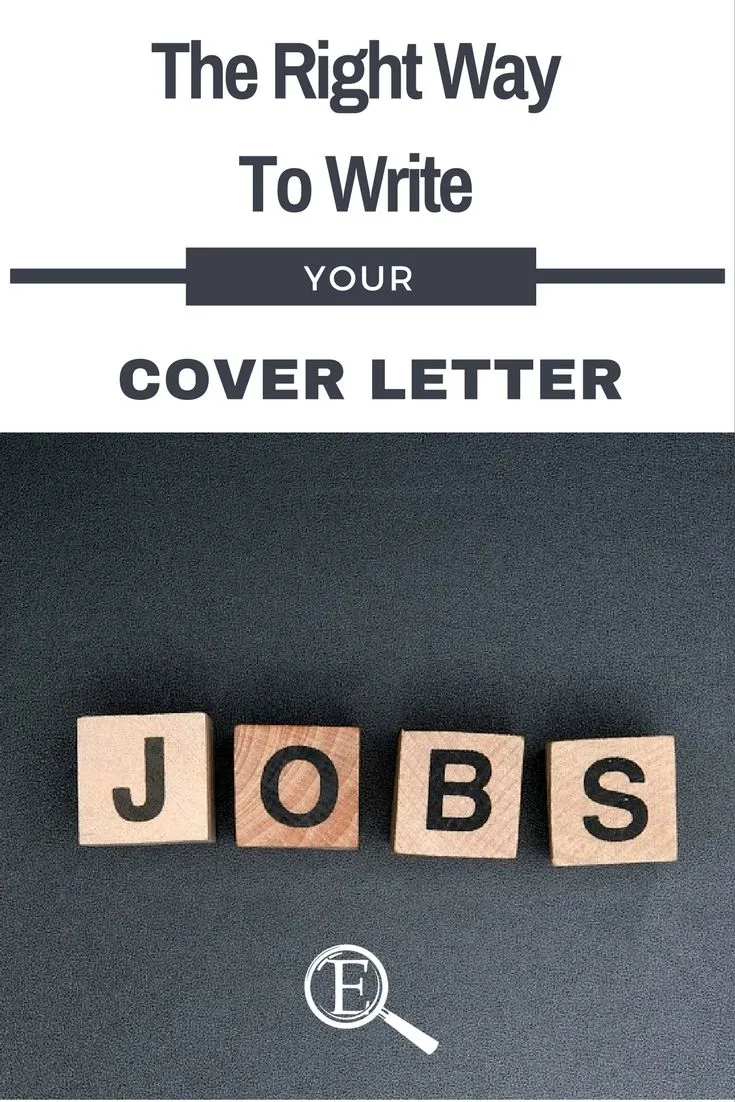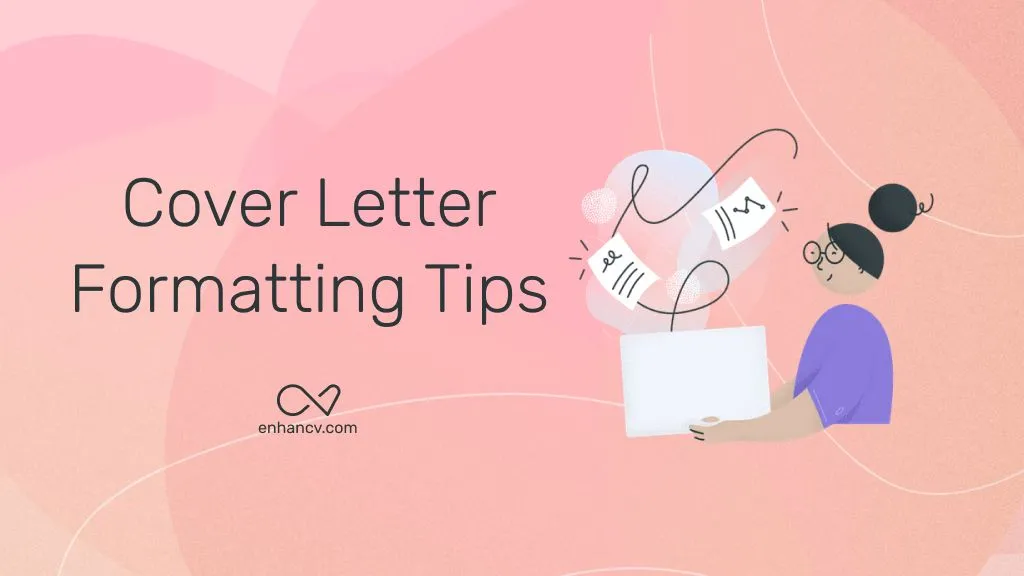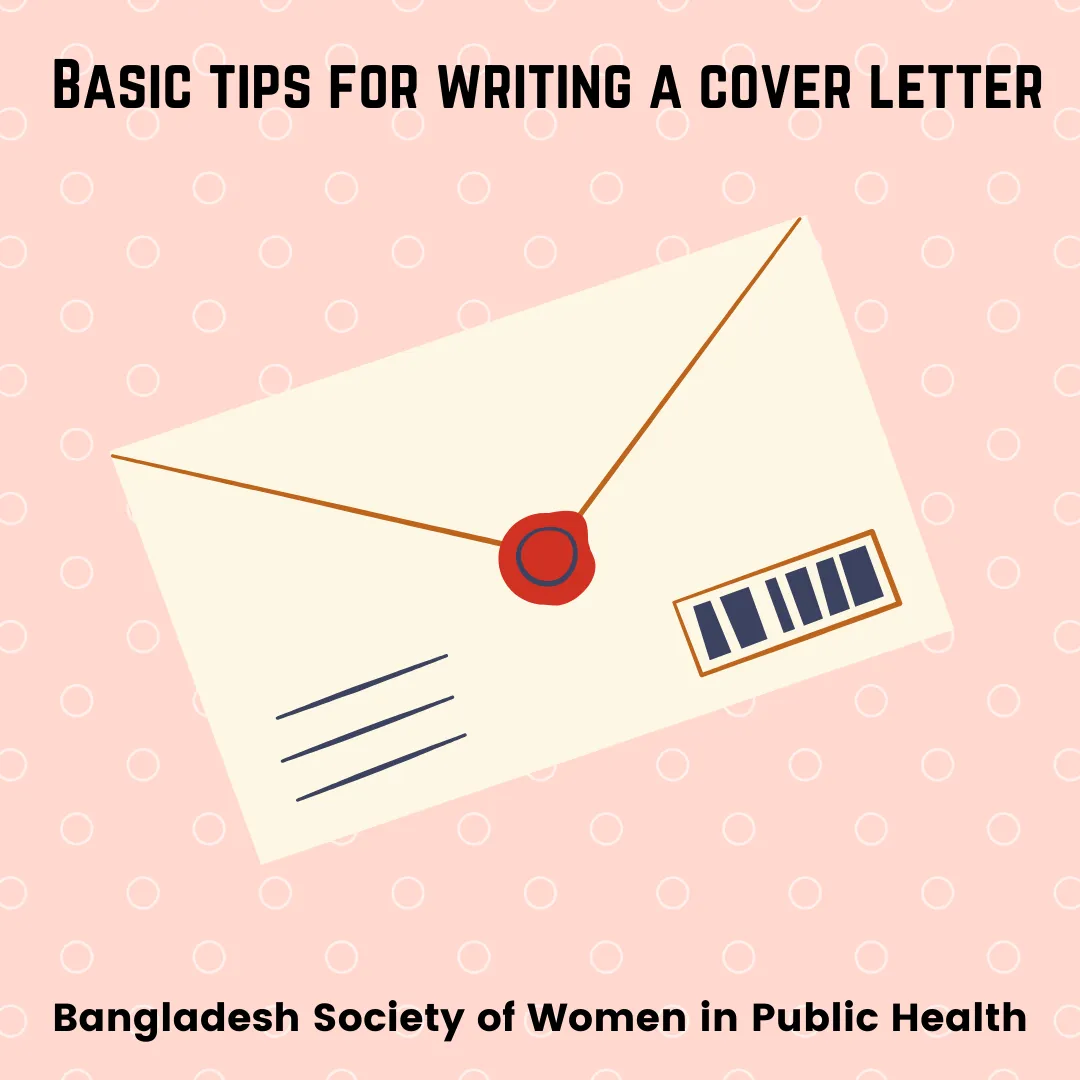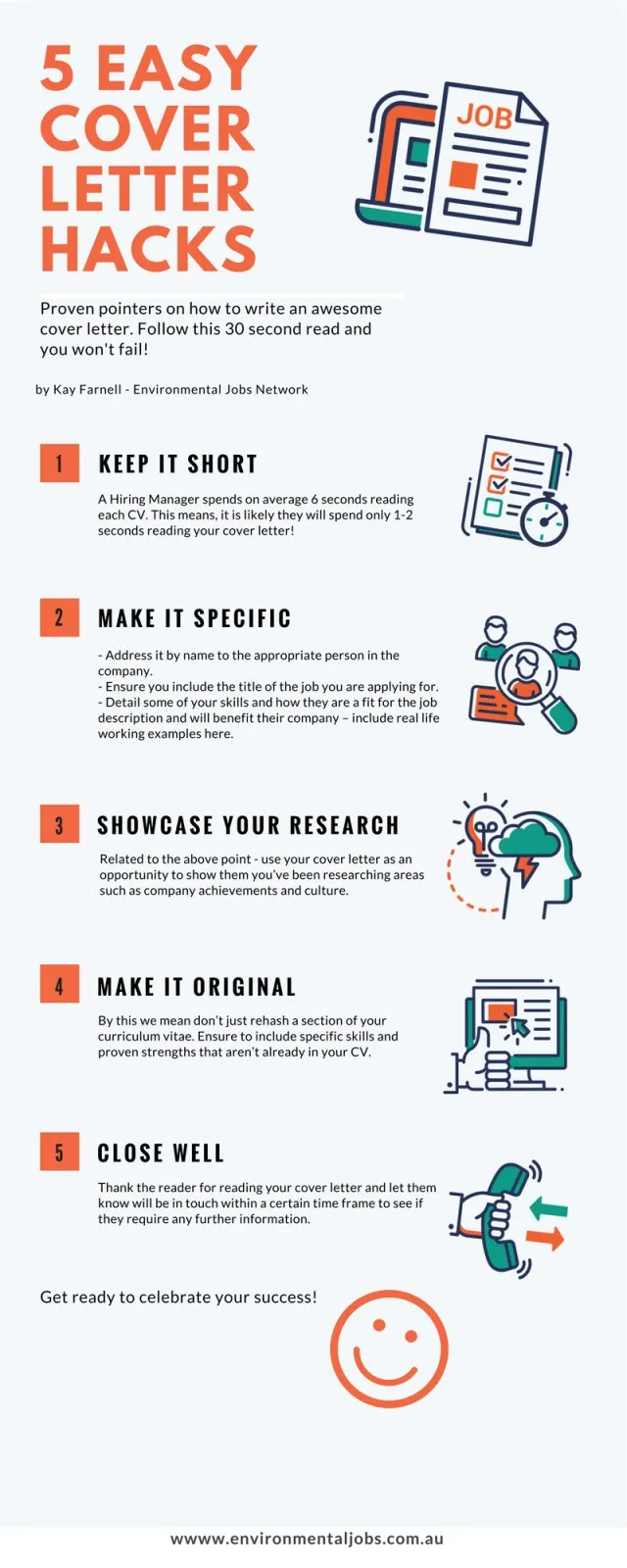Why Cover Letters Still Matter
In the digital age, with online applications and resume submissions, the cover letter might seem like a relic of the past. However, a well-crafted cover letter remains a critical tool in your job-seeking arsenal. While a resume provides a snapshot of your experience, a cover letter allows you to tell your story, showcasing your personality, enthusiasm, and how your skills align with the specific job and company. It’s your opportunity to make a strong first impression and demonstrate your genuine interest. In a competitive job market, a cover letter can be the deciding factor, setting you apart from other qualified candidates by providing context and personality beyond the confines of a resume.
What to Include in Your Cover Letter
A compelling cover letter is a careful balance of essential elements. It should begin with a professional header that includes your contact information, followed by the date and the hiring manager’s name (if you know it). The body of the letter should comprise a concise opening paragraph, a few body paragraphs highlighting relevant skills and experience, and a strong closing that expresses your enthusiasm for the position. Key elements must include your ability to clearly articulate why you’re a great fit for the role, demonstrating both your skills and your understanding of the company’s needs. Be sure to showcase your personality and let your genuine interest shine through.
Header Details & Contact Information

The header of your cover letter is the first thing the hiring manager will see, so it must be impeccable. Include your full name, address, phone number, and professional email address. Ensure the format is clean and easy to read. Directly below your contact information, add the date. If you know the name of the hiring manager or the specific department you are applying to, include that information. The header sets a professional tone, making it easy for the hiring team to contact you. Ensure your contact information is up-to-date and that your email address is professional and appropriate for job applications.
How to Address the Hiring Manager
Addressing the hiring manager by name is a crucial step. When you personalize your cover letter, it demonstrates that you have invested time and effort in researching the opportunity. If the hiring manager’s name is available, use it; ‘Dear Mr./Ms./Mx. [Last Name]’ is appropriate. If you cannot find the name, options include ‘Dear Hiring Manager,’ ‘Dear [Department Name] Team,’ or a more general greeting such as ‘Dear [Company Name] Hiring Team.’ Avoid generic greetings such as ‘To Whom It May Concern,’ as they can suggest a lack of personalized effort. Always ensure that you spell the name correctly and use the correct title.
The Opening Paragraph Crafting a Hook
The opening paragraph is your chance to grab the reader’s attention. Start by stating the position you’re applying for and where you found the job listing. Briefly explain why you’re interested in this role and company. The goal is to create a strong first impression by immediately showing your enthusiasm. You can open with a compelling statement or a brief anecdote related to the job or company. Make your opening concise, engaging, and tailored to the specific role. The tone must be professional and enthusiastic, setting the stage for the rest of your letter. A well-crafted hook immediately piques the reader’s interest and encourages them to continue reading.
Highlighting Your Skills and Experience

The body paragraphs should showcase your most relevant skills and experience, aligning them directly with the job requirements. Review the job description carefully and identify the key skills and qualifications the employer seeks. Provide specific examples that demonstrate how you’ve utilized these skills in previous roles. Quantify your achievements whenever possible. Instead of merely listing your responsibilities, describe how you have improved outcomes, saved costs, or increased efficiency in your past experiences. Use strong action verbs to describe your accomplishments. This section must clearly show the value you bring to the company and the specific impact you can make.
Tailoring Your Cover Letter to the Job
Avoid sending a generic cover letter. Instead, tailor each letter to the specific job and company. Review the job description thoroughly, paying attention to keywords and required skills. Research the company’s mission, values, and recent projects to understand its culture and needs. Customize your letter to demonstrate your understanding of the role and the company. Mention specific projects, initiatives, or challenges that resonate with the job description. Tailoring your cover letter shows that you are genuinely interested in the opportunity and have taken the time to understand the role and company.
Researching the Company
Before you start writing, research the company. Visit its website, read news articles, and explore its social media profiles to understand its mission, values, and recent activities. This knowledge will allow you to tailor your cover letter to the company’s specific needs and demonstrate your genuine interest. Mention specific projects, initiatives, or company values that resonate with you. Showing that you understand the company’s goals and culture shows you are invested in the opportunity. Research the company to understand its values and demonstrate your sincere interest in joining their team.
Using Action Verbs

Use action verbs to make your cover letter more dynamic and engaging. Start each sentence with a strong action verb to describe your achievements and responsibilities. This makes your accomplishments more vivid and impactful. Examples of powerful action verbs include ‘managed,’ ‘developed,’ ’led,’ ‘implemented,’ ‘achieved,’ ‘increased,’ ‘improved,’ and ‘created.’ Action verbs make your cover letter more compelling and show potential employers the actions you have taken and the results you have achieved in your past roles. Use active voice and focus on the positive aspects of your accomplishments.
Quantifying Your Achievements
Quantify your achievements whenever possible to demonstrate the impact you have made in previous roles. Instead of saying you ‘improved customer satisfaction,’ say you ‘increased customer satisfaction by 15%.’ Provide specific numbers, percentages, or metrics that show the results you achieved. Quantifying your achievements makes them more credible and demonstrates the tangible value you can bring to the company. Using data gives a clearer picture of your impact and reinforces the claims in your cover letter, making your accomplishments more persuasive.
The Closing Paragraph Making a Strong Impression
The closing paragraph is your final opportunity to make a strong impression. Restate your interest in the position and company. Thank the hiring manager for their time and consideration. Express your enthusiasm for the opportunity to discuss your qualifications further. Include a clear call to action, such as ‘I look forward to hearing from you soon’ or ‘I am eager to discuss my qualifications further.’ Reiterate your contact information and express your availability for an interview. Ensure your closing is professional, enthusiastic, and leaves the reader with a positive final impression.
Proofreading and Editing

Proofread your cover letter carefully for any errors in grammar, spelling, or punctuation. Ensure that your writing is clear, concise, and free of typos. Read your letter aloud to catch any awkward phrasing or sentence structure. Have a friend or career counselor review your cover letter for feedback and to catch any mistakes you might have missed. A polished and error-free cover letter reflects your attention to detail and professionalism. Proofreading and editing are essential to ensure that your cover letter is a strong and effective representation of your skills and qualifications.
Tools and Resources for Cover Letter Creation
Several online tools and resources can help you create a compelling cover letter. Use cover letter templates and examples to get started, or explore cover letter builders for assistance. Many online resources offer tips on formatting and content, ensuring your letter meets professional standards. Consider using grammar and spell-check tools to catch any errors. Seek feedback from career counselors or resume services to refine your cover letter. Using these resources, you can create a well-structured, professional, and impactful cover letter that showcases your skills and increases your chances of landing an interview.
